Melbourne is built on the traditional country of the Wurundjeri people (Woiwurrung language group), Bunurong people (Boonwurrung language group) and Wathaurong people (Wathaurung language group) who along with the Taungurong people (Daungwurrung language group) and Dja Dja Wurrung people (Dja Dja Wrung language group) form the Kulin Nation. Watch a welcome to Wurrundjeri country and learn more about Indigenous histories of the area here.
Maribyrnong
It draws us in. We walk with our friends through Fairbairn Park and cross the river to Pipemakers Park. We pass a few afternoon dog walkers on the banks and joggers huffing along the paths. Half a dozen commuter cyclists whizz by, squinting into the sun. But the river itself is empty - or rather, it belongs entirely to the pied cormorants, wood ducks, mallards and little egrets. It strikes me as odd that nobody is on the water, but not because I’ve ever seen many people on the Maribyrnong. It’s just that the familiar has become unfamiliar. I think of how every river or canal in our south-east corner of England seems to come with a floating jumble of boats - narrowboats and barges with people living on board year round, motorboats hauled up on the banks waiting for their few weeks’ use in the summer holidays, sculling teams skimming across the early morning, weekend kayakers and canoeing school groups in raincoats and oversized life jackets, picnickers clunking their wooden rowboats in awkward circles. I wonder if there are restrictions, bylaws that keep people off the Maribyrnong, but we find a launching place down on the bank. When or if we come back to live in Melbourne, I’m going to get a pack raft and go exploring.
A couple of days later, we stop off on the way to Footscray to follow a pathway between the Maribyrnong and Edgewater Lake. The sky is flawless blue, the water still. Swallows dart above the rushes, crested pigeons and wood ducks potter around the grass, gulls and cormorants survey the park from posts and footbridge railings. The wetlands are overlooked by suburbia and a shiny new residential development, where a swanky boats rest empty in a small marina. It’s hardly secluded, yet only a handful of people pass us as we dawdle along. It feels like walking into a secret.
Brunswick
The changes are disconcerting. This doesn't feel like the suburb I moved to when I first came to Melbourne, the homeliness has been stripped away. Driving down Union Street and Brunswick Road, some intersections are unrecognisable. The sky is hemmed in by steel, coloured concrete and glass. I mourn all the back yard lemon trees and hills hoists and despise the creeping inner-city-ness of it all. It’s all changed so quickly, I think. It’s all different. (But it’s not. There’s always been a mishmash of architecture here and I’ve always loved it. And later, when I take the streets at walking pace I start to enjoy the changes, the way the old houses with their lace-trimmed verandahs act as a familiar, friendly entrée to a menu of contemporary apartments.)
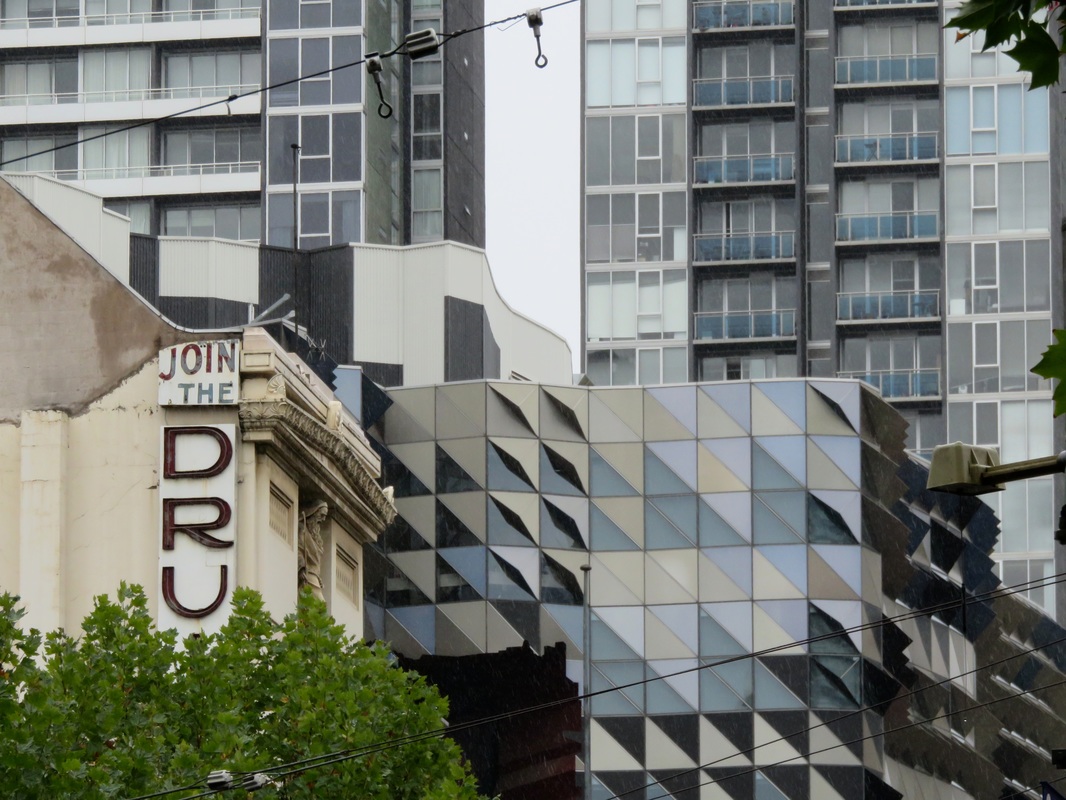
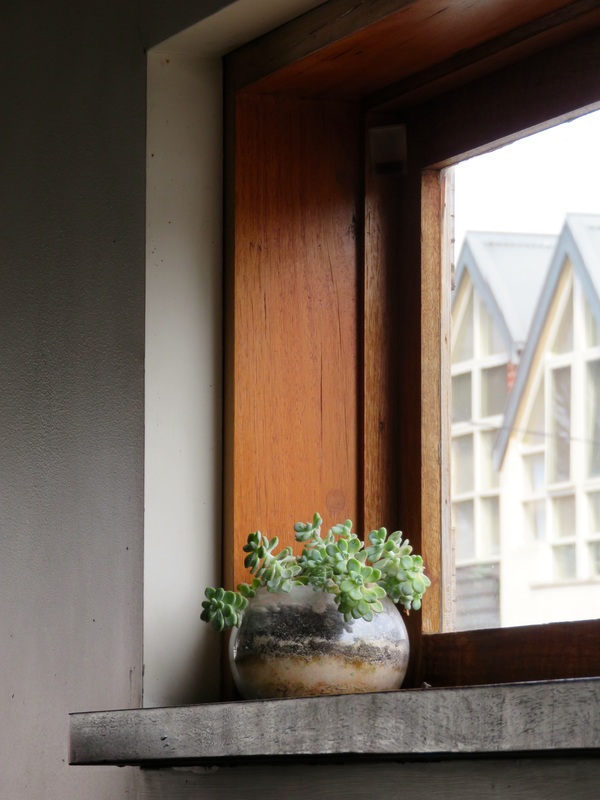
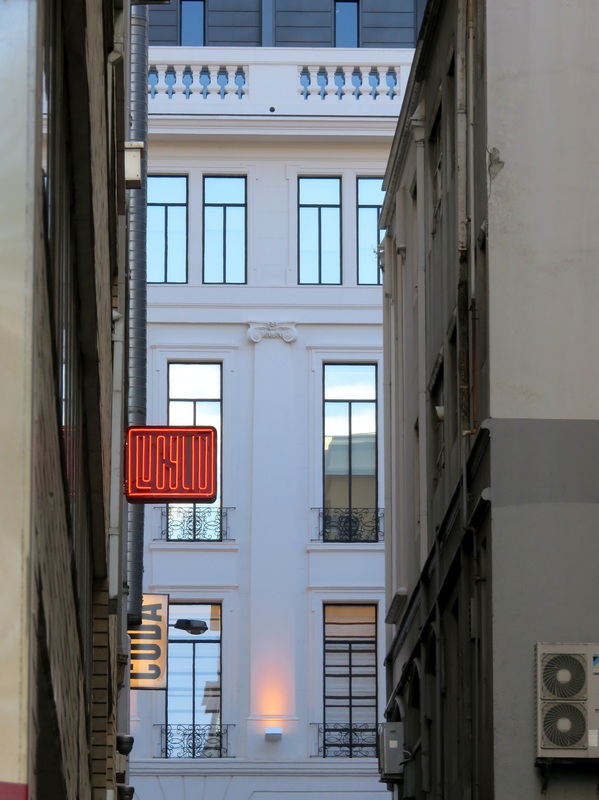
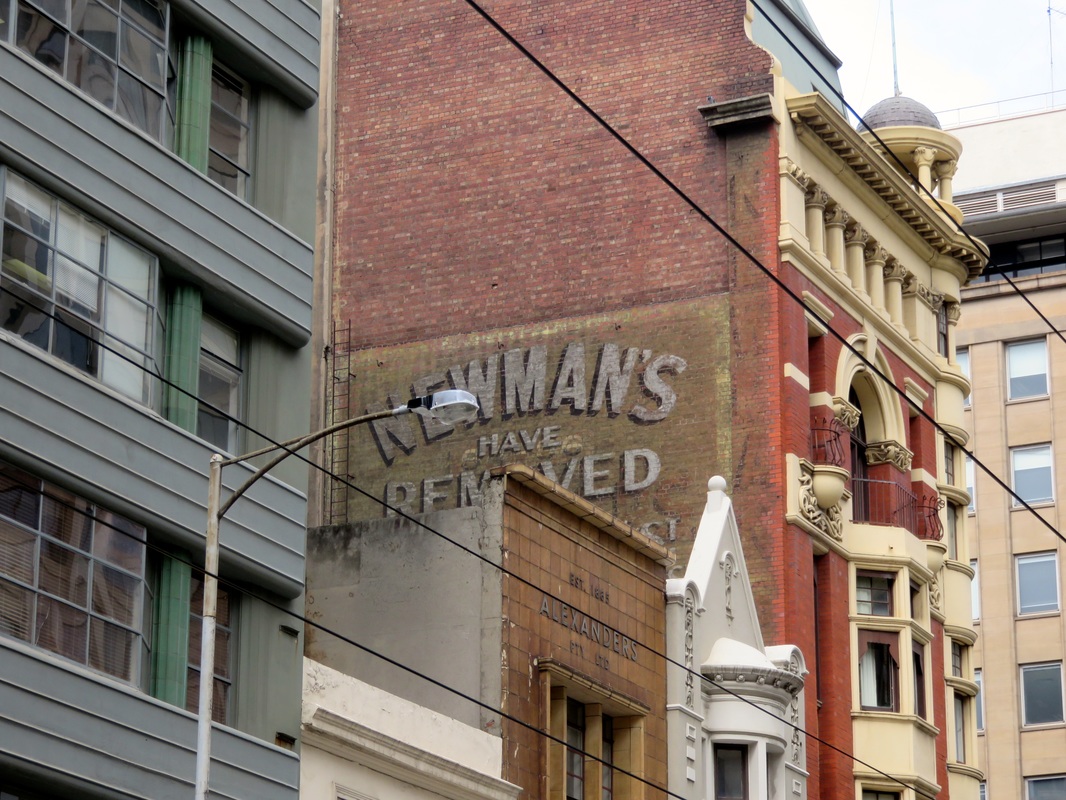
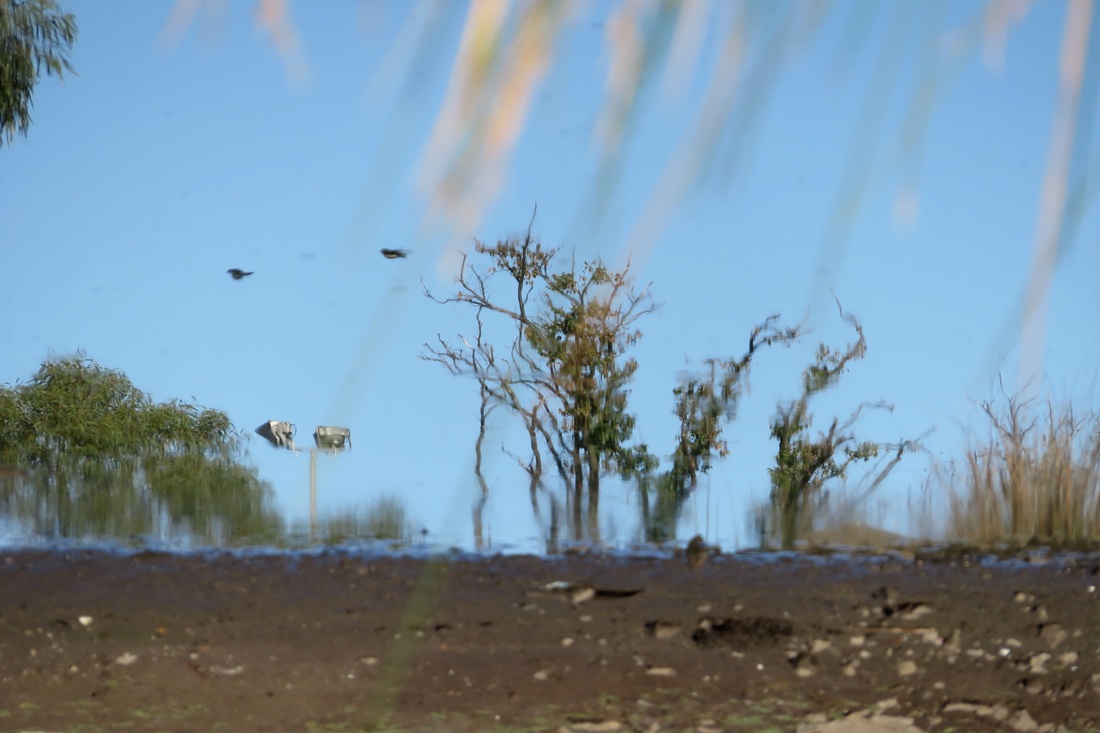
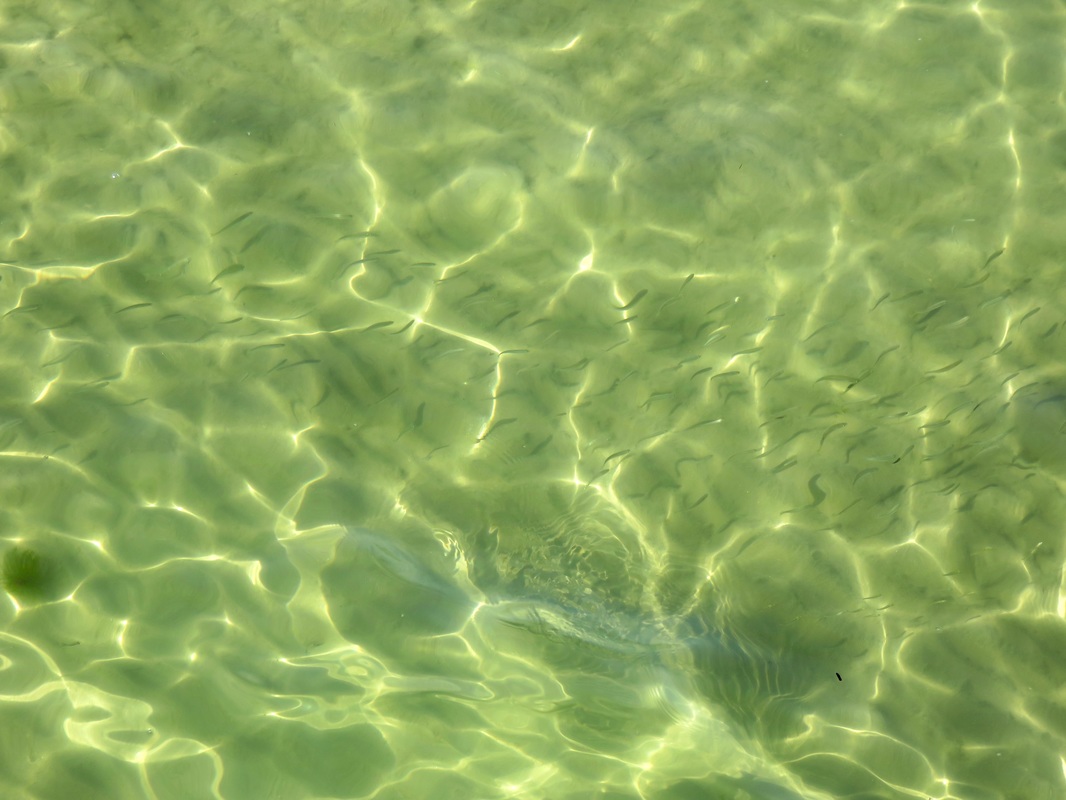
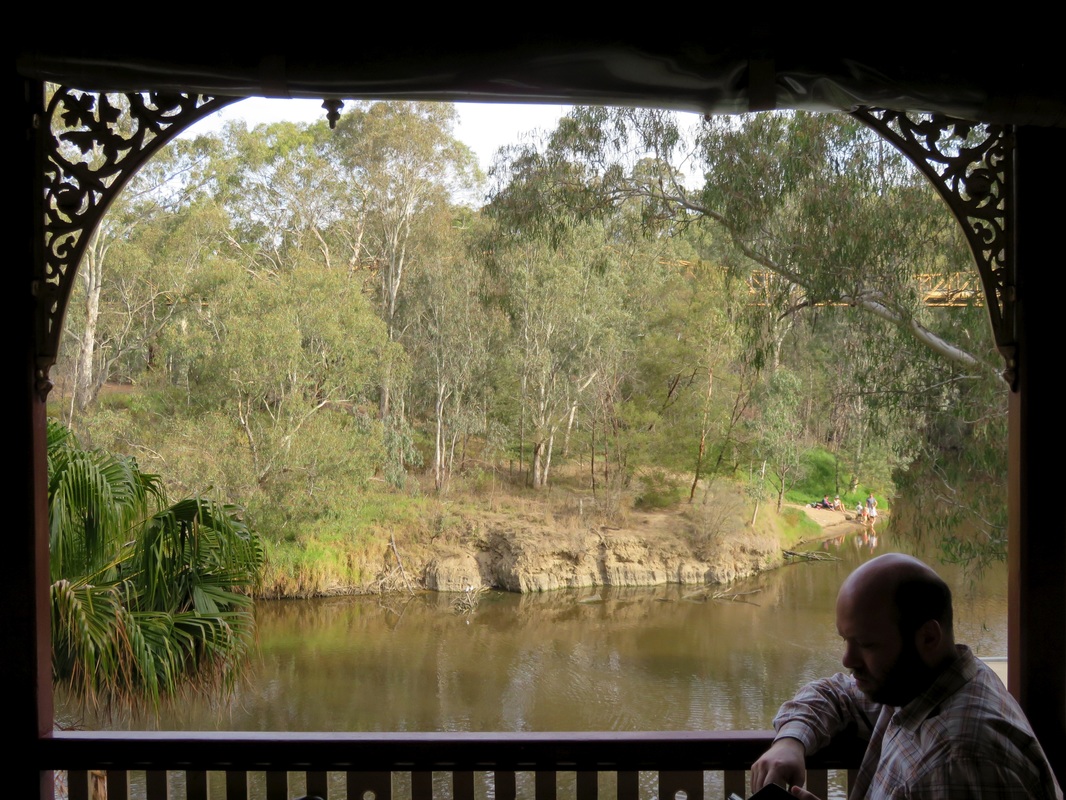
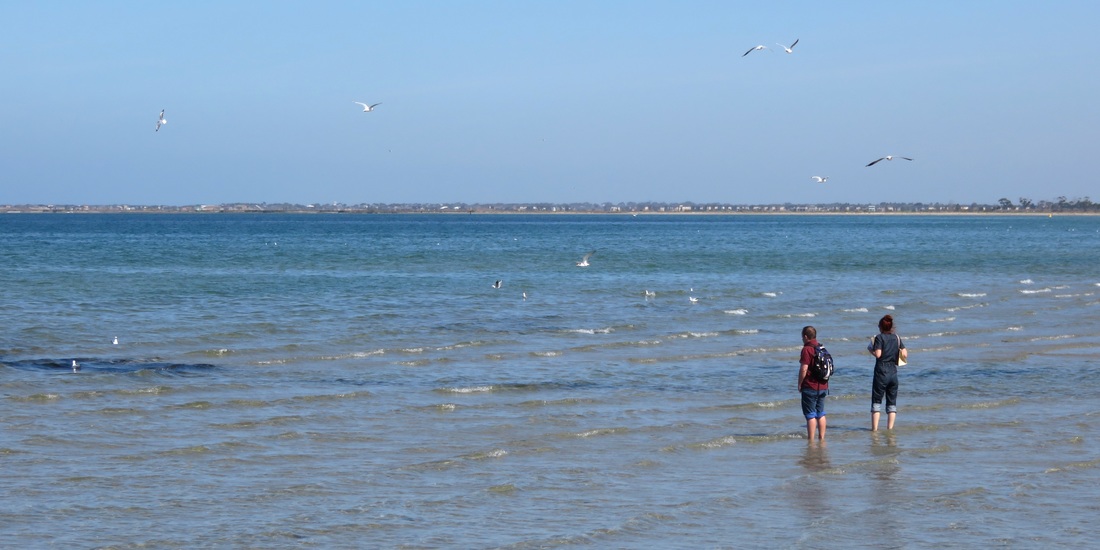
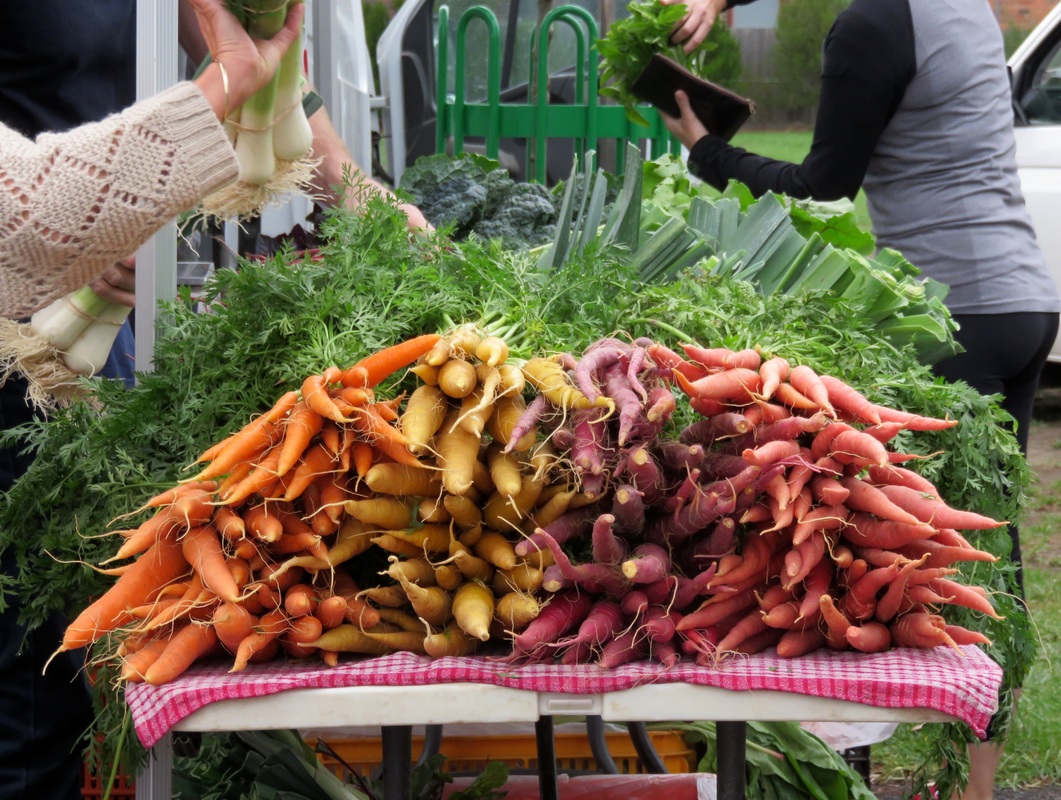
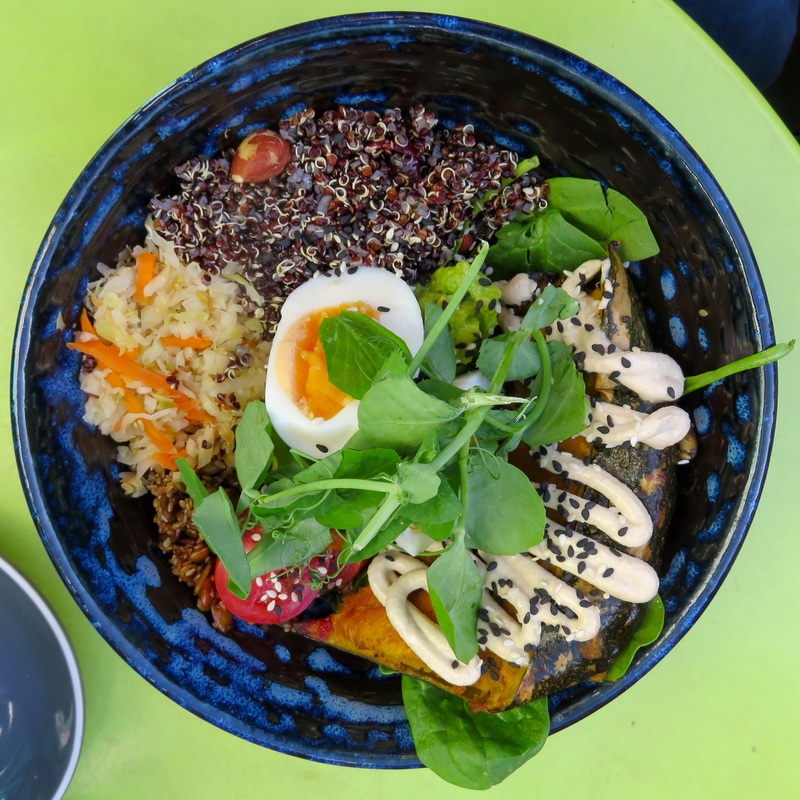
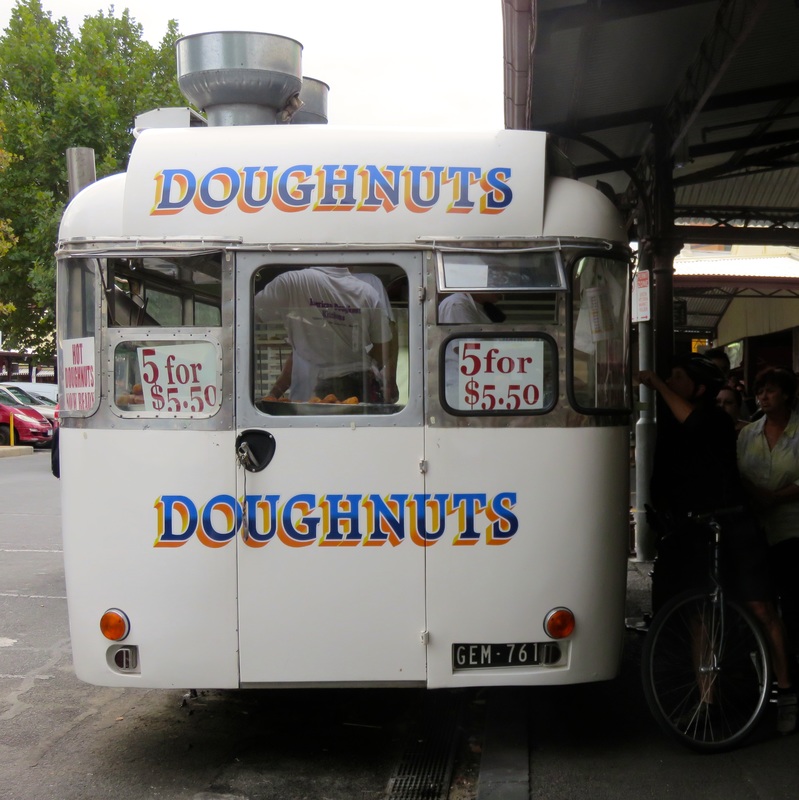
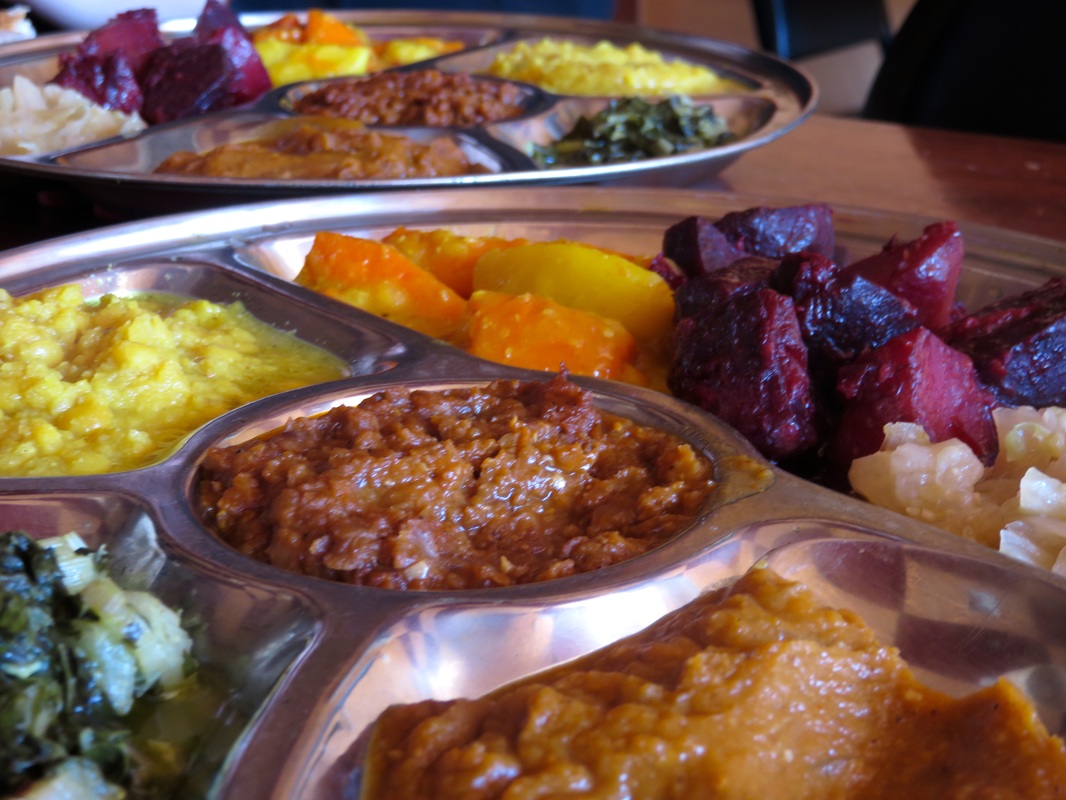
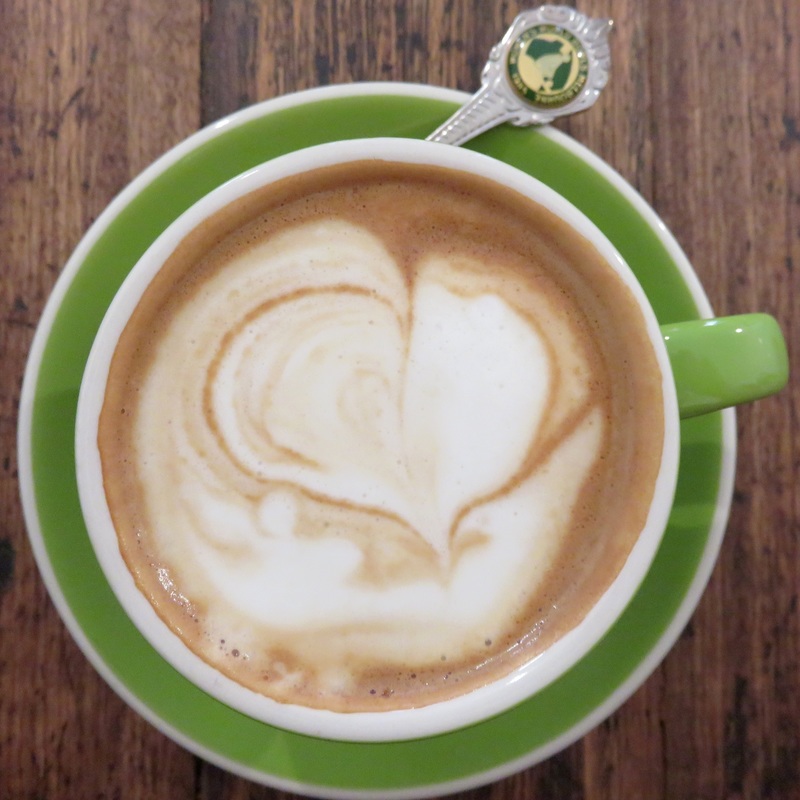
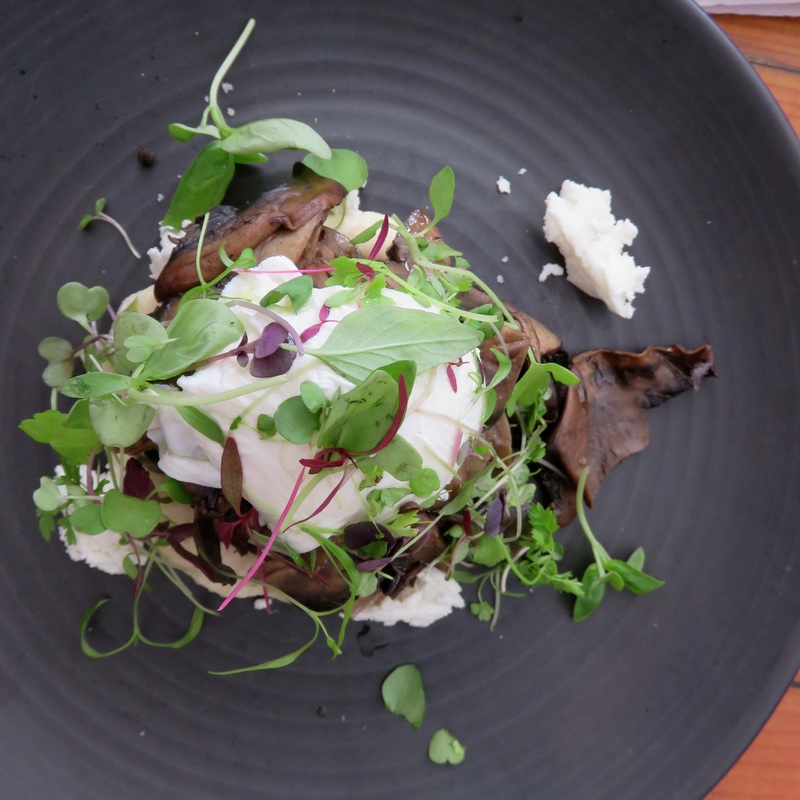
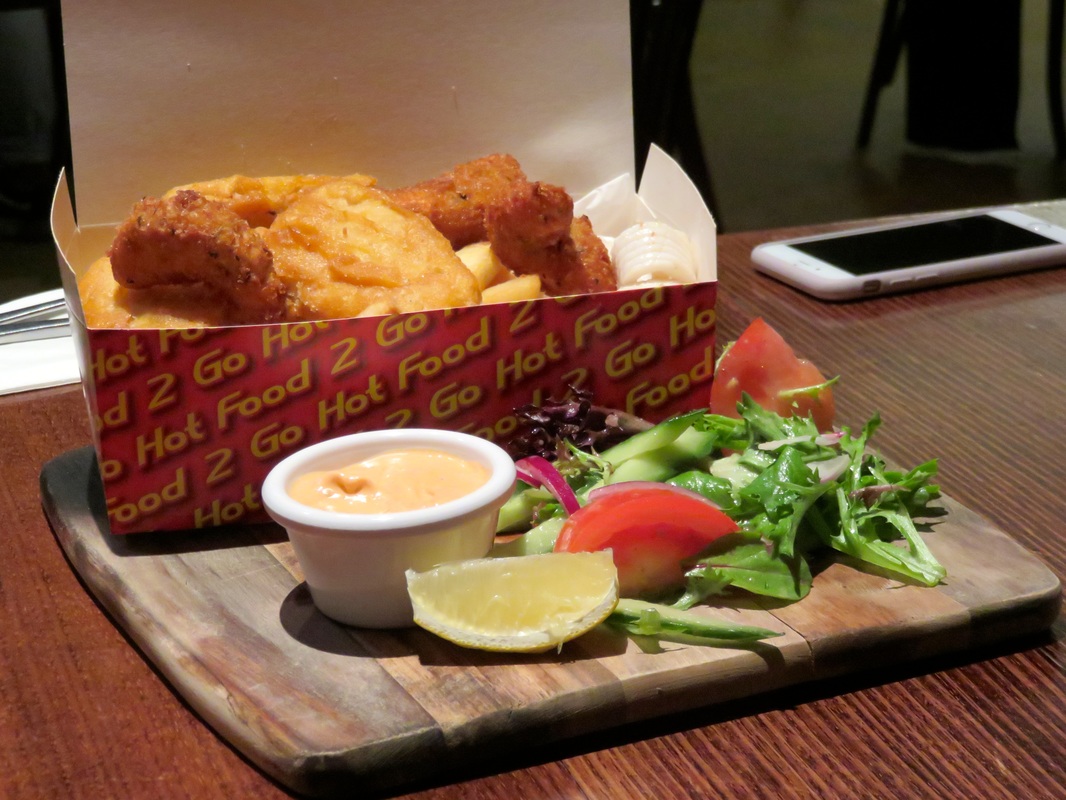
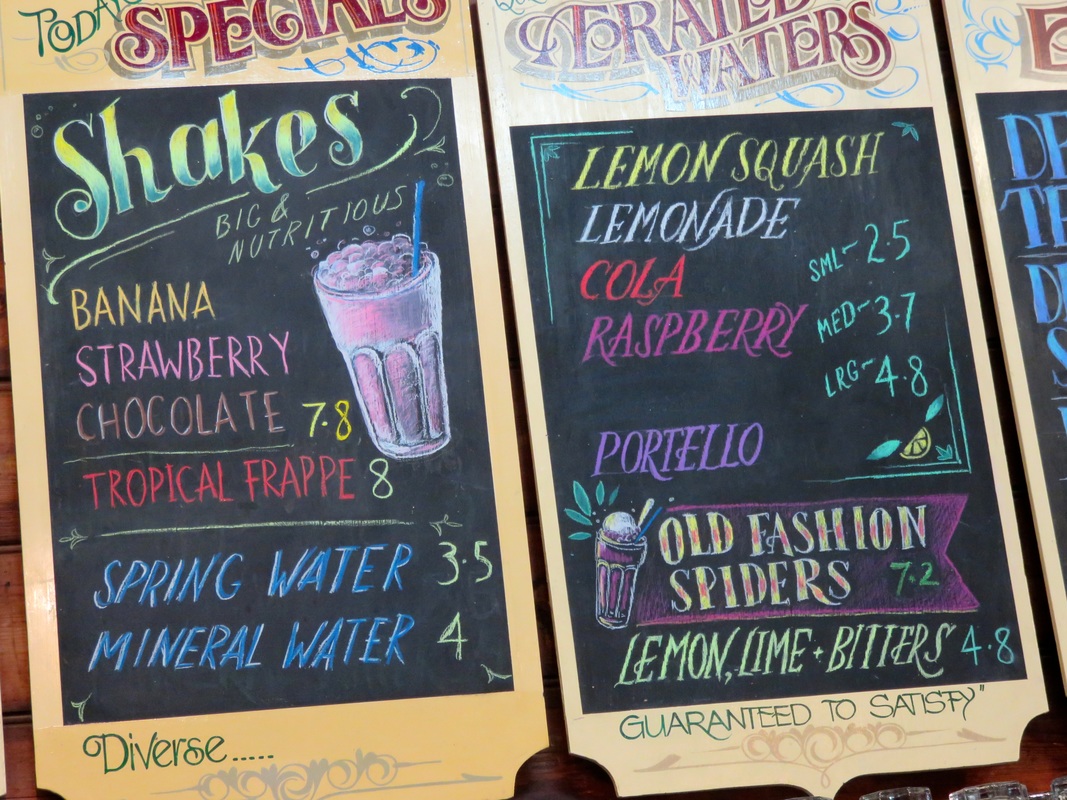
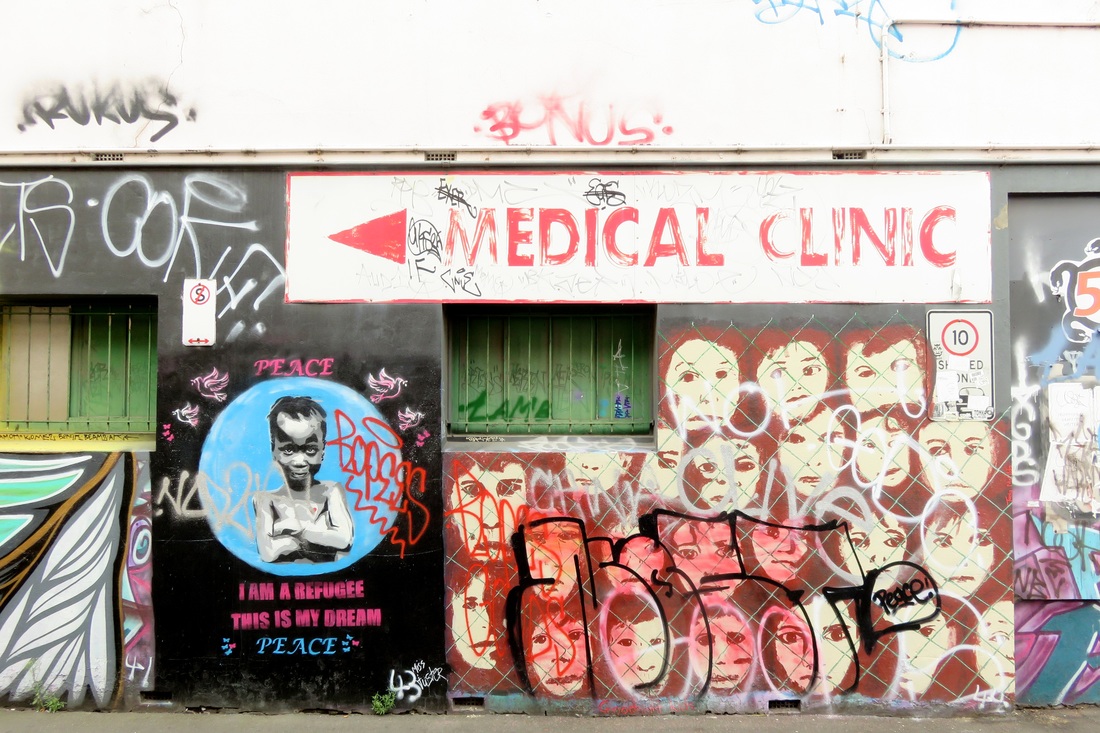
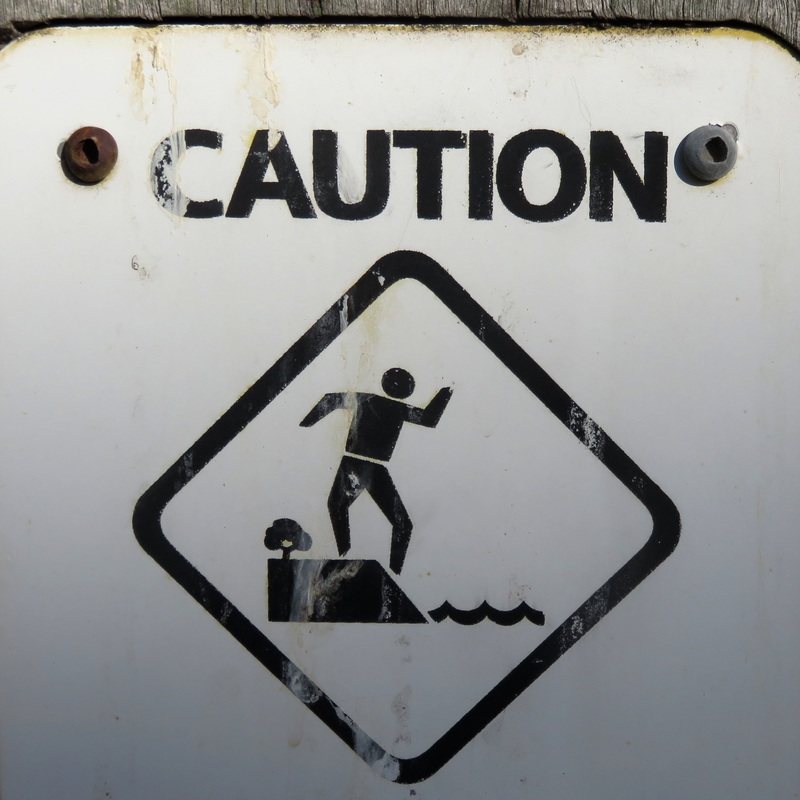
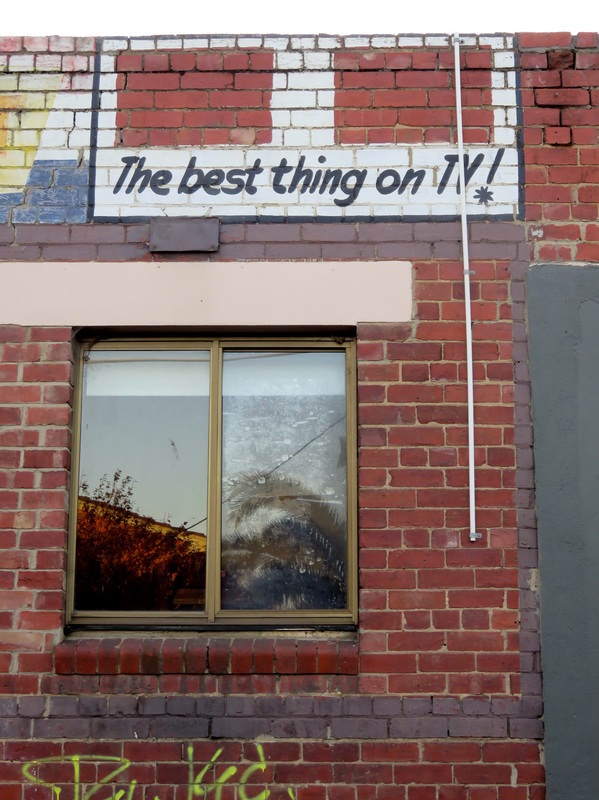
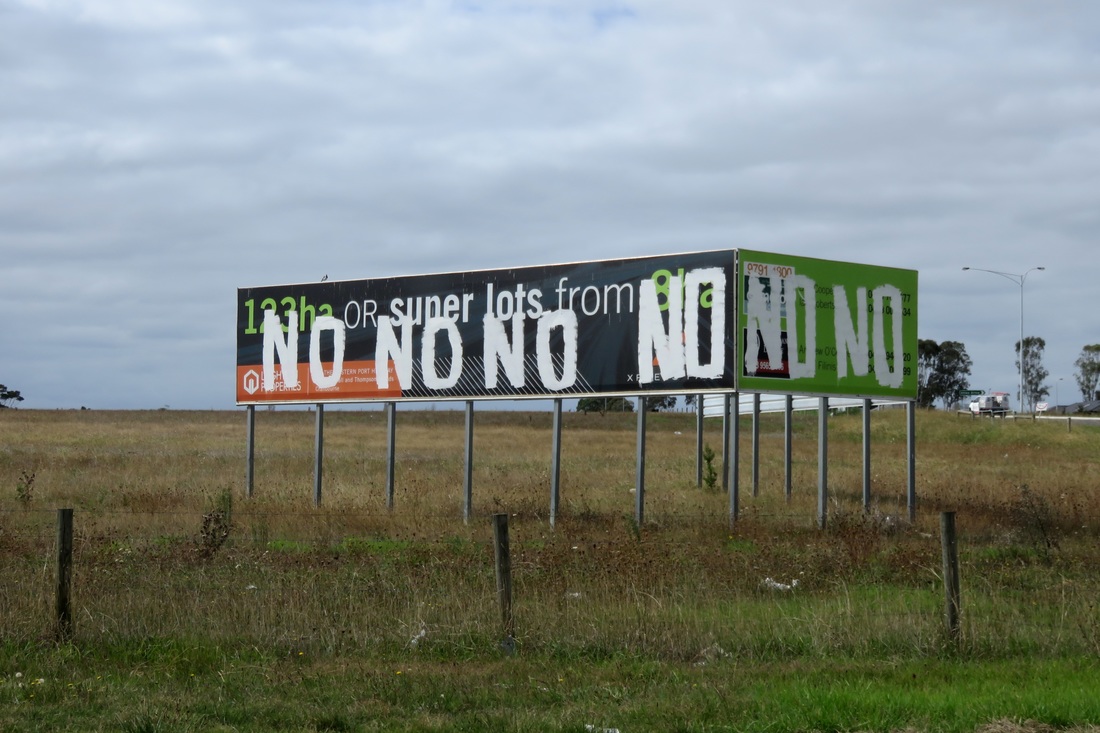
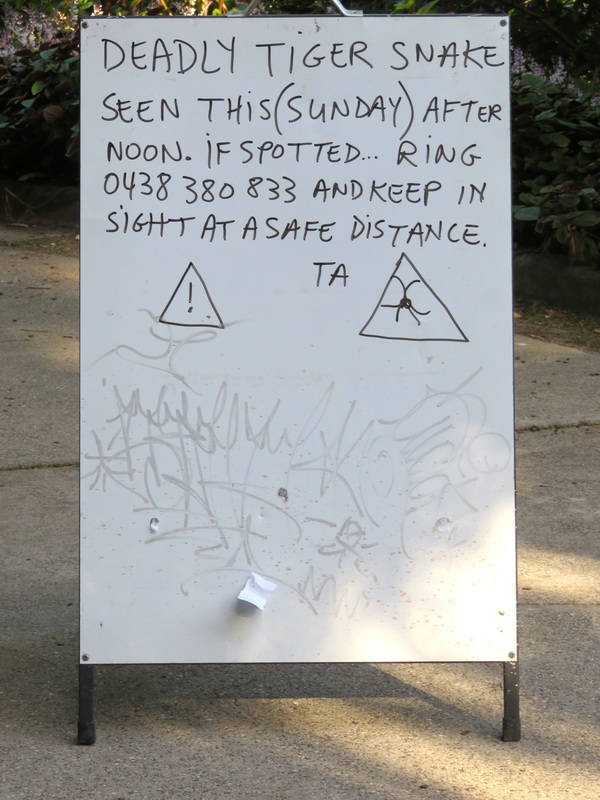
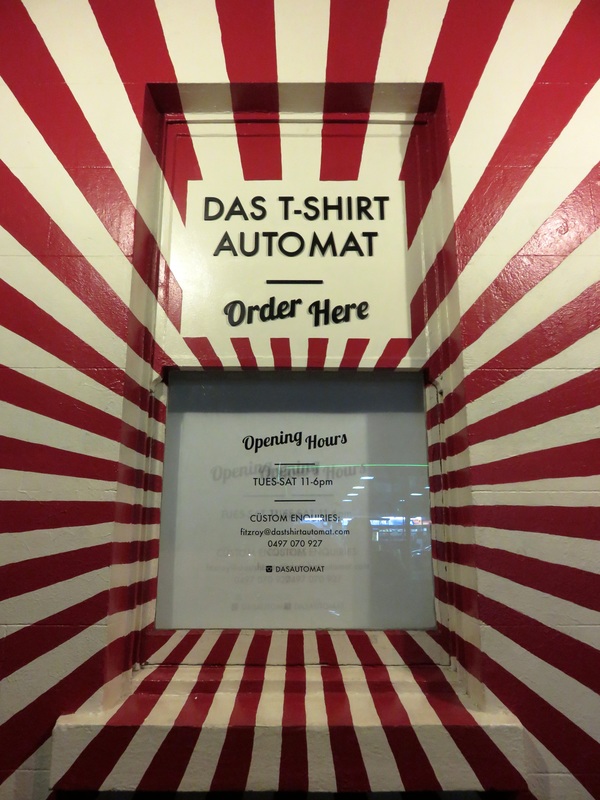
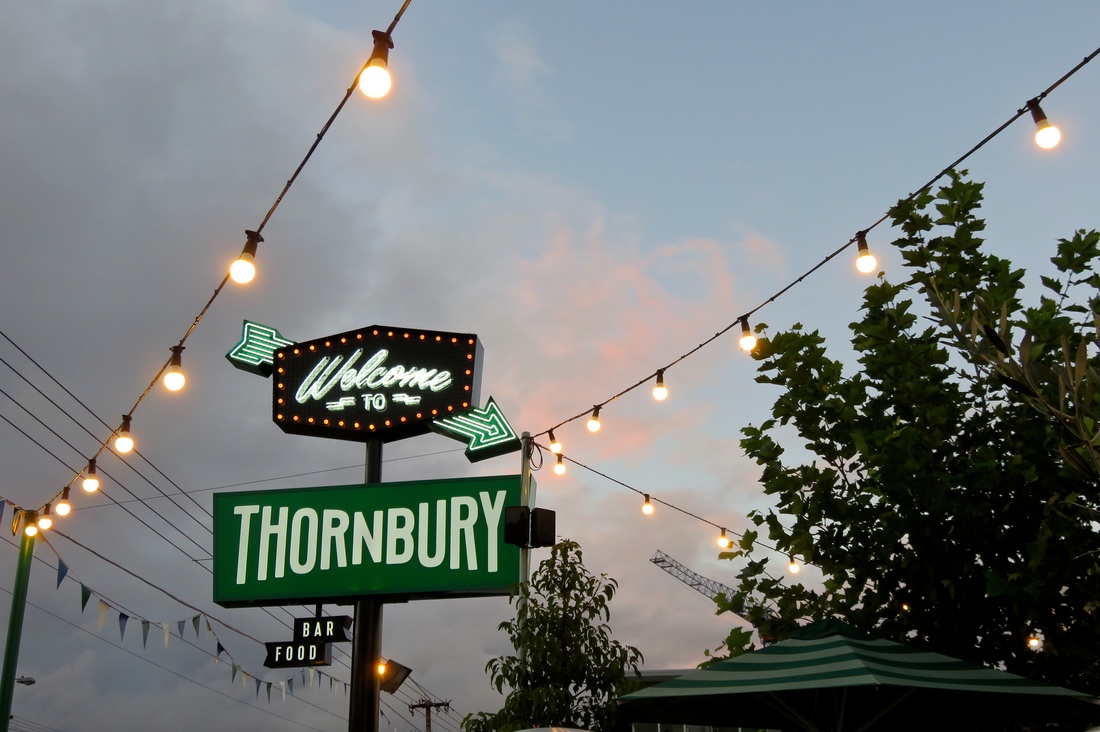
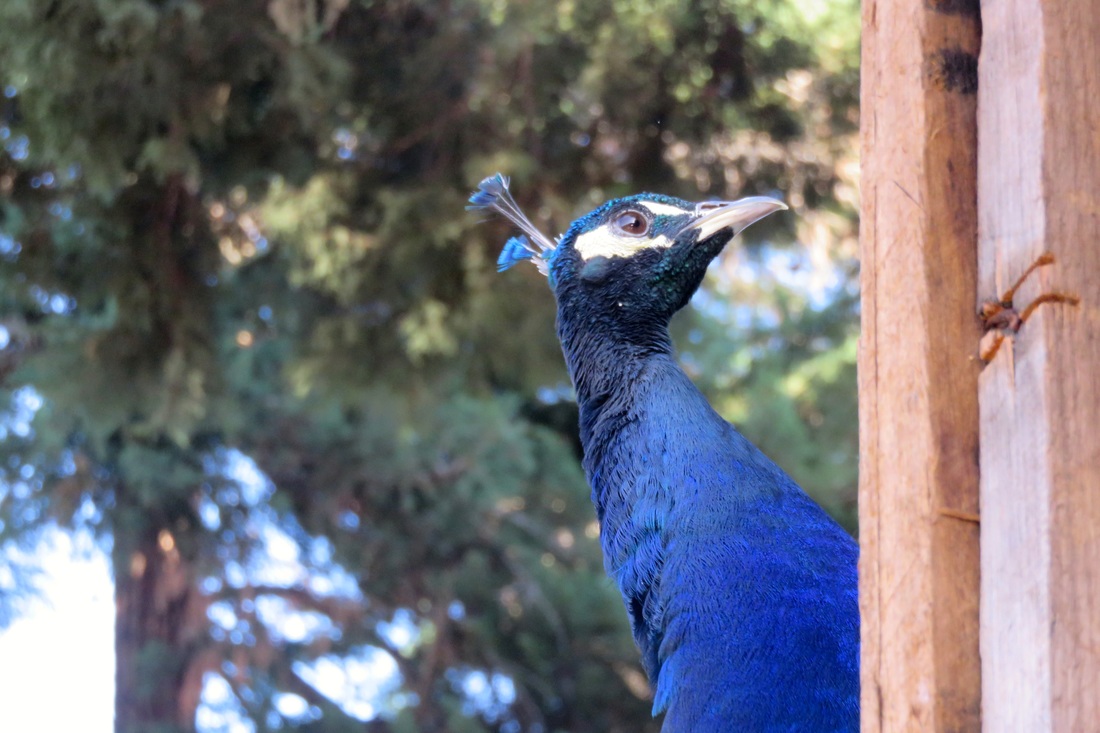
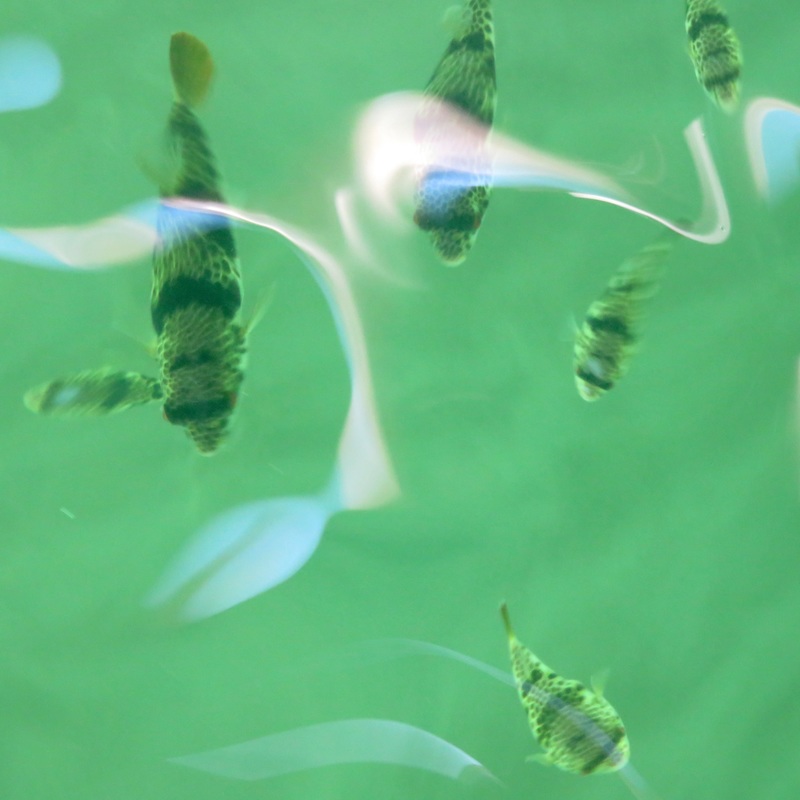
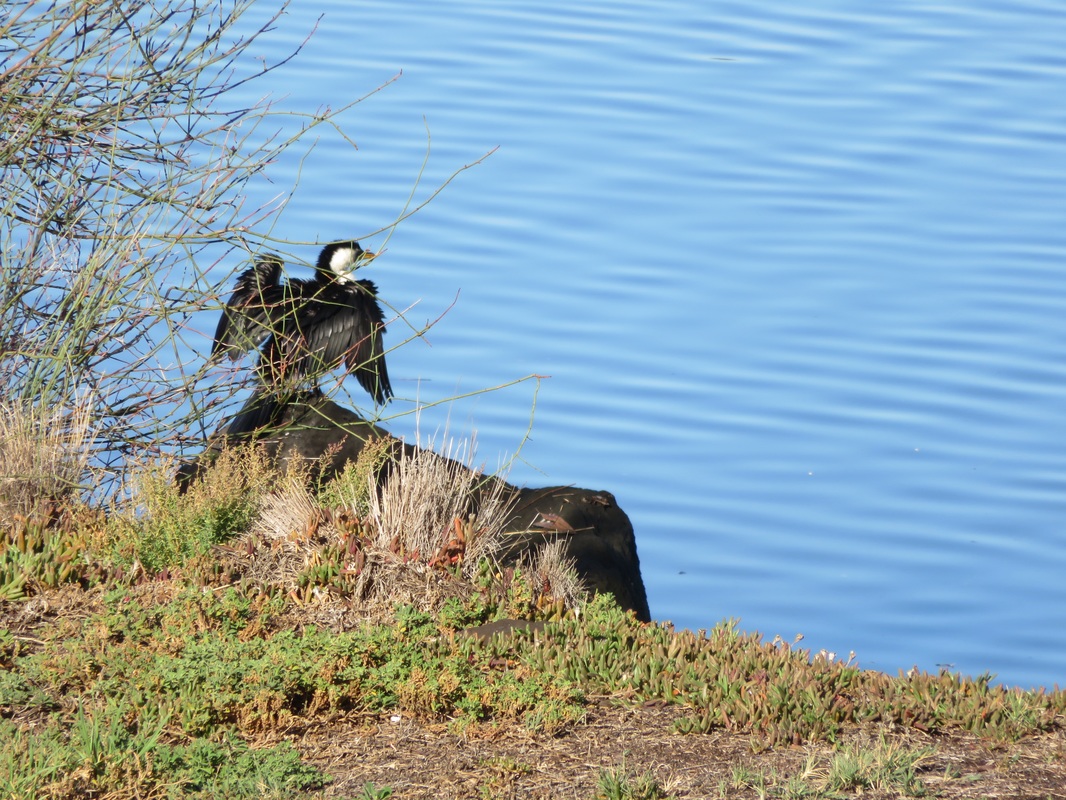
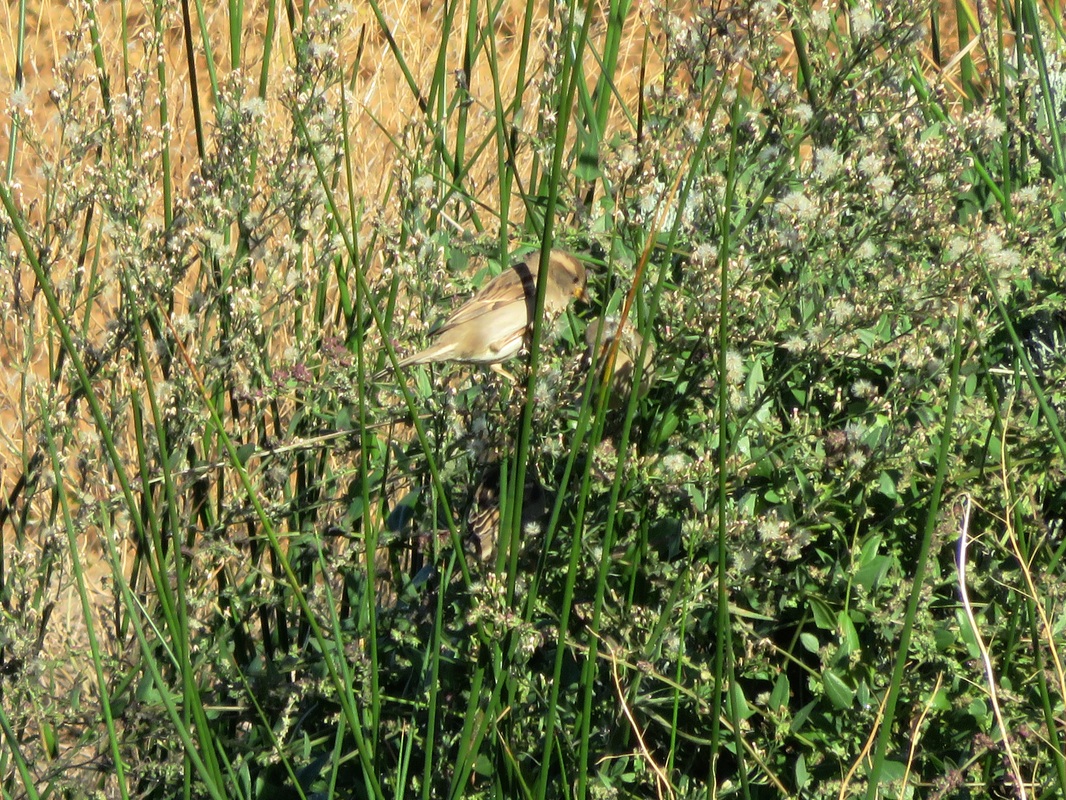
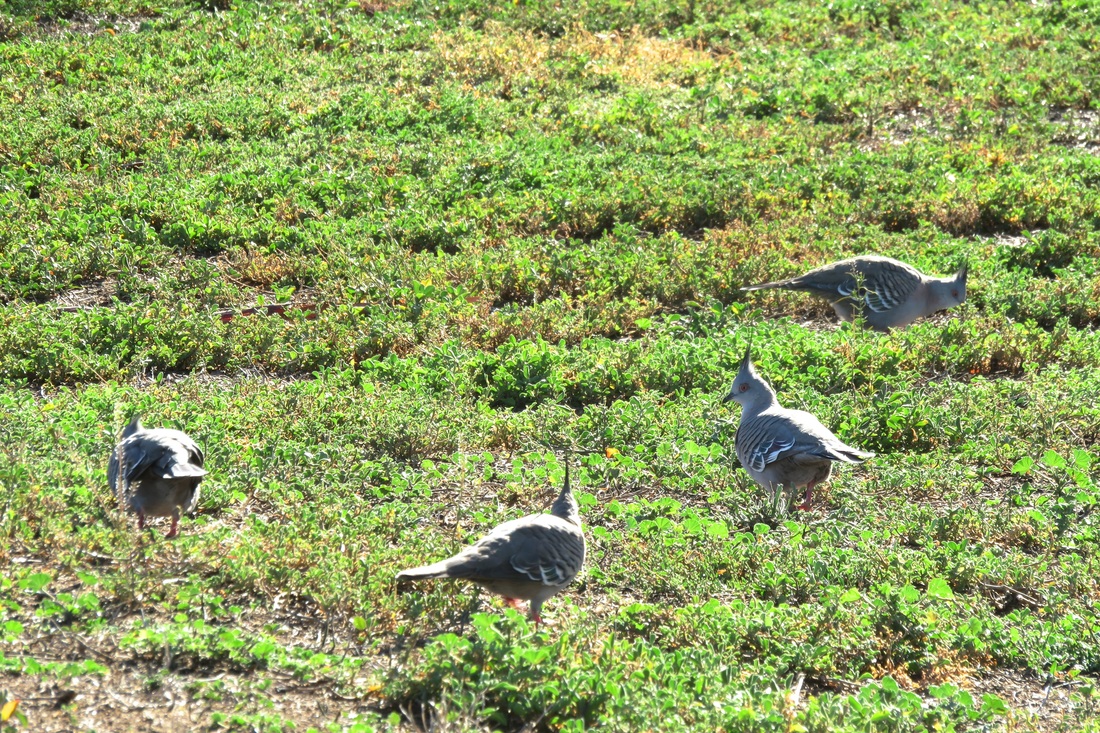
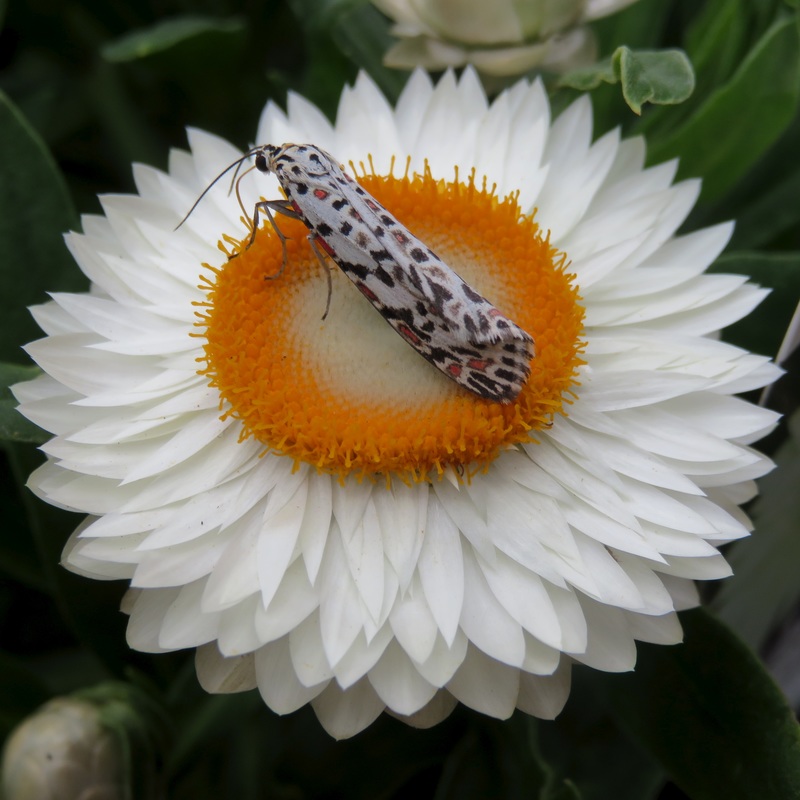
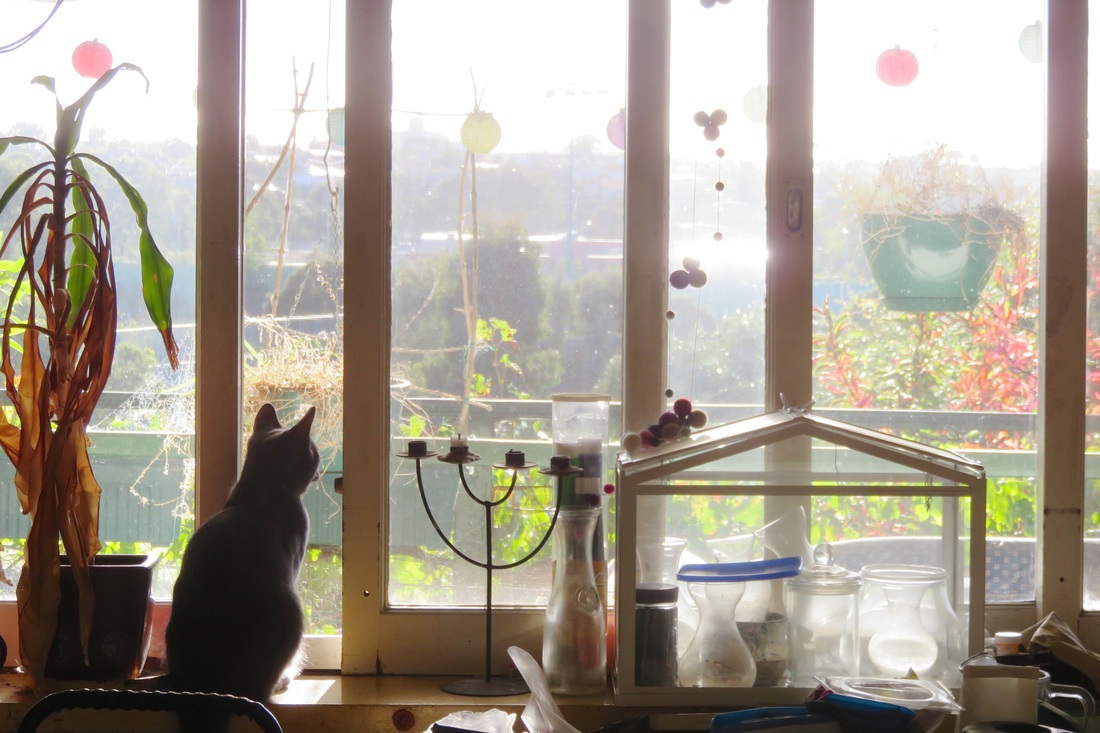
 RSS Feed
RSS Feed
